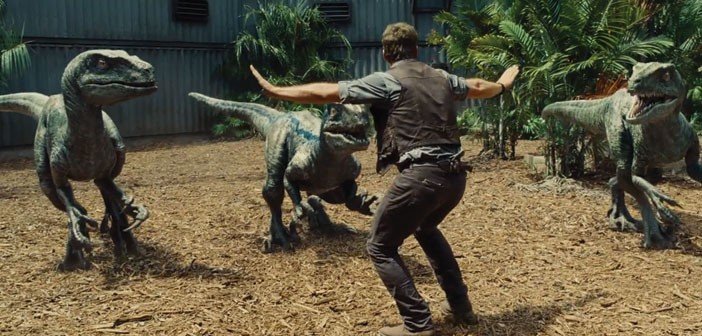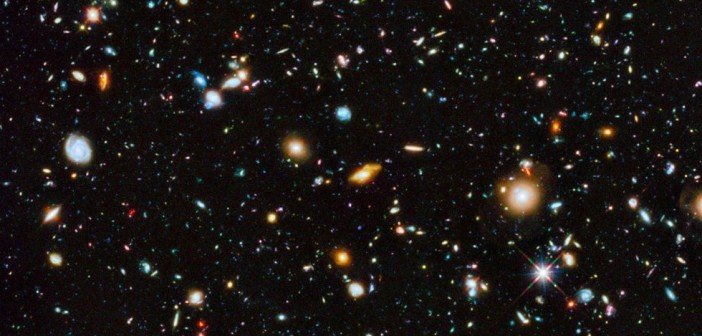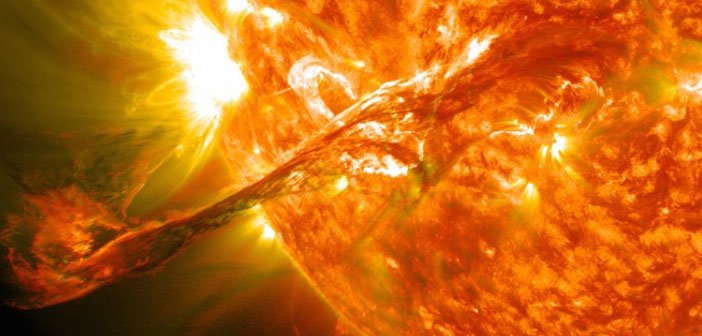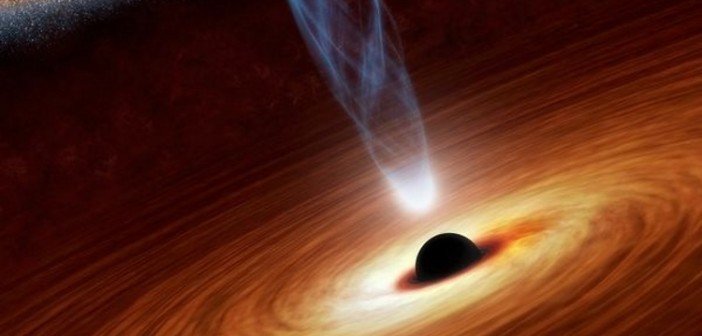Pint of Science: Dinosaurs, Black Holes and Lisdoonvarna in Space
In pubs across the country, last Monday, Pint of Science kicked off a three-day extravaganza of fun, interesting and insightful lectures, about all things science. Dublin, Galway and Limerick were host to some fantastically named lectures such as “Stimulating the Brain from the Moon and Back”, “The Art of Baby Making” and “Frickin’ Lasers”. Dealing with the mind, physics, technology or the body, these free lectures brought a mixture of crowds to a melting pot of information and delivered science to the layman in an approachable and often hilarious way.
I chose to check out the first lecture in the field of physics, as it was entitled “The Universe and Hollywood”.
The MC for the night was the multi-talented Dr. Niamh Shaw, Artist in Residence at CIT Blackrock Castle Observatory, Cork. Although Shaw was entertaining and let the night run its course smoothly, I just wish we got to hear more from her. Shaw is, among other things, dedicated to getting to space. I urge you to check out her website and keep an eye on her journey as I, for one, would not bet against her.
The first speaker of the night was Adam Murphy of DCU with his lecture “Pints, uh, Find a Way: Dinosaur Facts and Physics”. From the off, you could tell that Murphy was a guy who grew up on the Jurassic Park buzz, just like myself.

There are many things from movies and TV shows that we just take as facts when it comes to dinosaurs; unfortunately many of these are straight up lies. Some of the greatest scenes in the Jurassic Park films are the scenes featuring the terrifying velociraptor. However, many of you may be upset to hear that the actual velociraptor was actually closer in size to a turkey. It even had feathers. This was altogether upsetting to find out, but it’s not like Hollywood hasn’t lied to us before. Many iconic dino-flicks from the early 30s onwards have depicted the fierce T-Rex and the Stegosaurs battling it out. The fact is that we were closer to going toe to toe with the short-armed monster. The time between the Stegosaurs becoming extinct and the T-Rex emerging is longer than the demise of the T-Rex and us humans walking the earth.
Murphy, a self-proclaimed “amateur dinosaur lover”, also stated on several occasions that paleontology is “insane” and “makes no sense”. He talks us through the experiments done by these people-of-science to test hypotheses including sticking plungers on chickens to see how they would walk and (with the use of teddy bears as visual aids) how they got scuba divers to swim in inappropriate positions to see how dinosaurs might have swam.
Watch Adam Murphy’s talk below and find out how dark matter (might have) killed the dinosaurs and he shows us that dragons are (or at least were) real.
[youtube id=”wjeB6z8kbAY” align=”center” autoplay=”no” maxwidth=”702″]
Up next was Dr. Sarp Akcay from UCD giving a lecture on “Black Holes: from a mathematical curiosity discovered in WW1 to Hollywood blockbuster”.
Akcay started us off by trying to conceptualize what a black hole really is. He described the escape velocity of a massive body, for example to escape the atmosphere of Earth you must be travelling at around 11 Km/s; this is about 26,500 miles per hour. Now if we consider a much bigger body such that the escape velocity is the speed of light (300,000 Km/s), the light cannot escape the surface of this body. If light does not leave the surface of a body, it is seen as an entirely black surface. This is a black hole.
Following Einstein’s theory of general relativity and the general consensus that he was bang on the money, Ackay eloquently describes the mathematics behind the black hole and makes it very approachable. He goes on to describe the terrifying reality of singularity; a star, like our Sun, being compressed down to a single point in space-time, having infinite density and the laws of physics are thought to break down at these events. Once the laws of physics start to break down, you don’t want to hang about.
He reminds us that the black hole is not a hole at all but merely a dark sphere. Which is kind of disappointing to be honest. Not to leave us altogether disappointed however, Ackay moves on to rotating black holes and, in describing their differences, points out that they have a singularity ring (instead of a point) of radius zero. A zero radius obviously doesn’t make sense – that’s because it’s a wormhole. A real-life, honest-to-God wormhole to another Universe. This is why I love physics. He explains how, if the black hole is big enough we can actually survive passing through the hole and enter the other Universe… perhaps Interstellar wasn’t so crazy. Check out the full talk below.
[youtube id=”WncV8ocPdJE” align=”center” autoplay=”no” maxwidth=”702″]
Last, but not least, was David Moore, from Astronomy Ireland, with a lecture entitled “Lisdoonvarna in Space”. Ireland and astronomy have gone hand in hand for centuries; Moore himself points to the fact that Newgrange is the oldest astronomically aligned structure in the world, predating Stonehenge and the Great Pyramids of Giza. The Rosse six-foot telescope in Birr, Co. Offaly was the “Hubble telescope of its day”, it was the largest telescope in the world for over seventy years and astronomers from around the globe would come to use it, “even with the Irish weather”.

Astronomy Ireland boast the largest astronomy club relative to population in the world and Moore explains how Ireland and its people have been influential in the world of astronomy throughout the years. A visual presentation delivered to the packed pub is definitely one to check out and the video is below.
[youtube id=”QgNuWpnTWFQ” align=”center” autoplay=”no” maxwidth=”702″]
Moore takes us on a planet-by-planet tour of our Galaxy and divulges incredible information along the way. I particularly loved his attempt to conceptualize the 15 million degree heat at the center of the Sun to a classroom of children.
If you take a pinhead-sized spec out of a light bulb’s filament, at a couple of thousand degrees Celsius, [and held it up] it obviously wouldn’t light up a room or blind them. But a pinhead-sized spec off the surface of the Sun would light up the room and would hurt their eyes. If they could somehow pluck a pinhead-sized spec from the center of the Sun, at 15 million degrees Celsius, it would vaporize their school. And if you could, somehow, hold it up high enough so that people could see it 100 miles away, say Dublin to Galway… they could see it in broad day light, it would blind them and if they lifted their arms up to shield their eyes from a pinhead-size spec of 15 million degrees Celsius, at 100 miles, blisters would come up on their arms. That’s what 15 million degrees means. It’s very easy to say these big words in astronomy; it’s very hard to image them.

He explains how Venus and Jupiter are visible in the Irish skies at the moment with June 30th being a perfect night (weather permitting) to see the two planets in very close proximity with beautiful views. He goes through the planets with fantastic snippets of information and mind-boggling stories. Describing the possibilities for life in our Galaxy really got the attention of the audience and Moore had us all wanting, eh, well…more (no pun intended).
And so, what’s this about Lisdoonvarna in space? Well it turns out that there is an asteroid between Mars and Jupiter and it’s surface is covered in craters. Each crater has been given the name-sake of spa towns around the world, and so there is a Lisdoonvarna floating out there as we speak. I wonder if Christy Moore knows that he’s gone Universal.
Pint of Science was a great success and I was delighted to catch just one of the many sold out events across the country. Next year it will be back again, with a bang, and I urge you all to check it out. The videos of more great talks can be found on their YouTube channel here.

